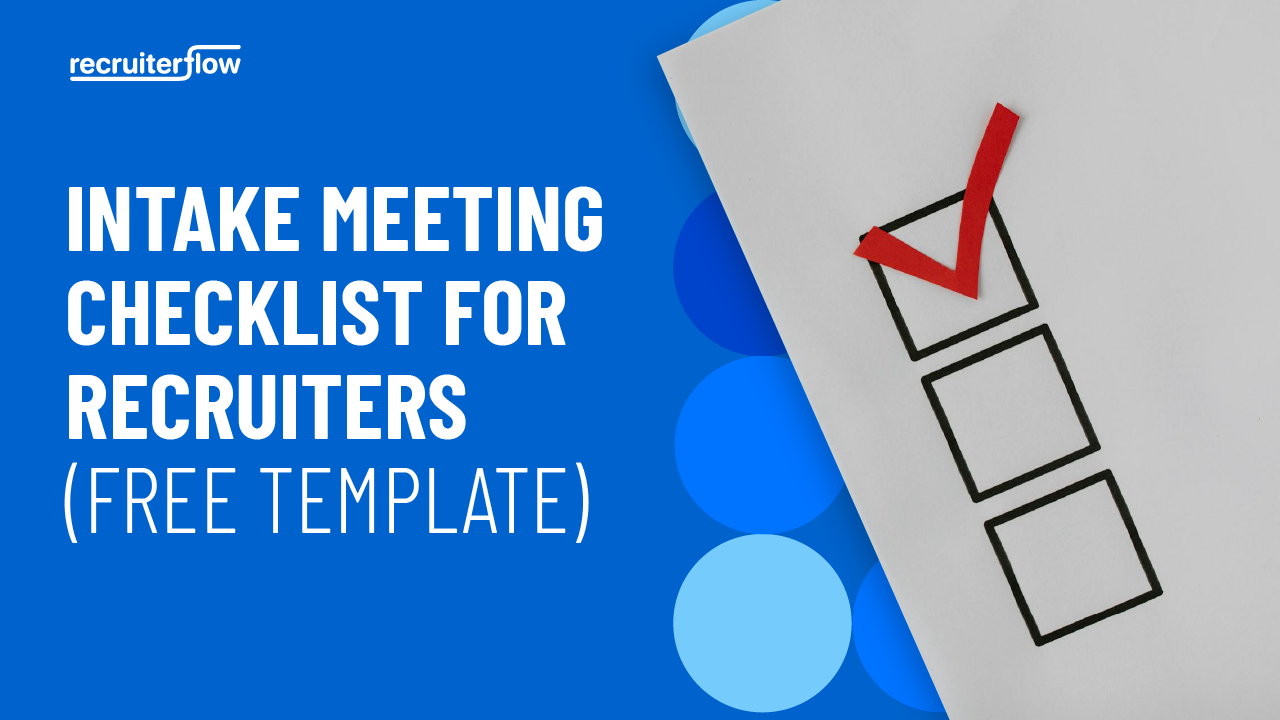
Make more predictable placements with activity-based recruiting

Recruiting is an unpredictable business, and many factors beyond your control play definitive roles in your success.
For example, consider your placement records. One month, you are on a streak, increasing placements by 50 percent! You’ve finally cracked the code to recruiting — except next month, nothing goes right. You’re following the same approach as last month, but it’s not working.
We’ve all been there before. When the stars align, you get fantastic results. When they don’t, your recruiting suffers.
A word of advice: As far as metrics go, don’t make the number of placements your guiding star. Don’t get me wrong: Placements obviously matter, and you want to track them. However, placement is an outcome beyond your control to a certain extent. To become a consistently successful recruiter, you need to focus on metrics you can control. This is where activity-based recruiting comes in. Adopting an activity-based approach helps you focus on processes and people instead of outcomes, thereby improving your results.
What Is Activity-Based Recruiting?
In its most elementary form, activity-based recruiting is a method of breaking down each stage of the recruitment process into its component steps. Then, you establish a consistent formula of activities you will perform at every stage of the process to ensure you deliver the best experience to the client and candidate.
Here’s one example of what an activity-based recruiting plan might look like:
Stage 1: You contact a potential candidate. Once they express interest, you send a link to your calendar so they can schedule a phone screening. You text the candidate an hour before the scheduled call time to remind them about the call and express your excitement for the conversation. During the call, you talk about the candidate’s aspirations and career plan, and then you pitch the position as the next logical step in the candidate’s plan.
Stage 2: After the phone screen, you follow up with the candidate to tell them you had fun and inform them you are going to submit them for the client’s role. In your follow-up message, you reiterate how the position clearly aligns with the candidate’s career goals.
Stage 3: You let the candidate know you have submitted them to the client and are awaiting feedback. You give the candidate a sense of the projected timeline and let them know your door is always open if they want to talk. You offer to connect them with someone who can coach them for the interview process.
Stage 4: If the client accepts the submission, you let the candidate know and schedule an interview between client and candidate.
Stage 5: The day before the interview, you contact the candidate to wish them luck and share a few useful tips for the interview.
Stage 6: Following the interview, you text the candidate seeking their initial feedback on it. You schedule a call to discuss further, if possible.
Stage 7: You get the client’s feedback and share it with the candidate. You outline the next steps the candidate will take in the process.
Stage 8: If the candidates lands the job, you send them a box of chocolates the day before they are due to start.
There are two layers to this plan. The first one is obvious: As you can see, there is a heavy focus on the cadence of contact and touchpoints with the candidate. This is an aspect of the recruiting process that is firmly within your control, so it should be a prime focus of your activity-based recruiting plan.
The second layer is more implicit than explicit: relationship-building. Pros do it intuitively, and it becomes a driving force behind their success. Relationship-building defines the purpose of each touchpoint. It helps you navigate the complicated maze of candidate and client expectations and goals.
Furthermore, the sample plan outlined above achieves a few key things:
- It shows the candidate you are a pro who knows what they are doing and steers the process confidently.
- Develops trust with the candidate.
- It allows you to understand the candidate really well, thereby making better matches between candidates and clients and thus making more placements.
You can also check out our guide on Recruitment 360 and strategic recruitment plans to enhance your hiring strategy.
What Activity-Based Recruiting Can Do for You
That’s not all activity-based recruiting is good for. This approach has additional benefits as well:
1. Design a Playbook Around the Process
Recruiting is as much a science as an art. Activity-based recruiting helps you optimize the science part of the equation. It breaks down your recruitment process into discrete steps so you can isolate and optimize each one. When you understand your process as a series of activities, you can easily identify where you are losing candidates, why, and what to do about it.
2. Drive More Predictable Results
Forecasting placements is a major challenge, but activity-based recruiting gives you better visibility into your funnel conversion rates at each step. This, in turn, allows you to better understand the overall trajectory of your recruiting efforts at the moment.
For example, with an activity-based approach, you could uncover the average ratio of submitted candidates to placed candidates. If you know it takes an average of three submissions to close a placement, and you have submitted 40 candidates across 10 placements, then you know you are likely to hit your placement goals.
3. Stay in Control
In some professions, if you really apply yourself, you can get results. You don’t always have that luxury as a recruiter. There are many other moving parts in the process aside from your own efforts, and you can lose placements even if you do everything right on your end.
With activity-based recruiting, however, you gain more control over the process and stay productive. An activity-based approach uses the experience and wisdom your team has gained over the years to keep you focused on the task at hand. By filtering out distractions and hot trends, you put people and processes first, delivering better results.
—
Recruiters may not be able to control every part of the recruiting process, but they can stay focused on the tasks they do own. When you master activity-based recruiting, you put yourself on the fastest track to success.
This article was originally published on recruiter.com
Recruitment





Manan Shah